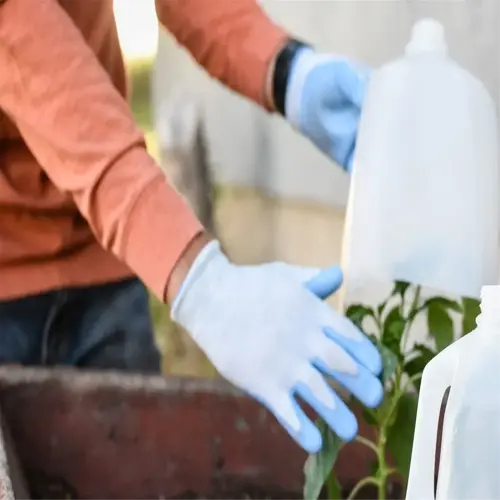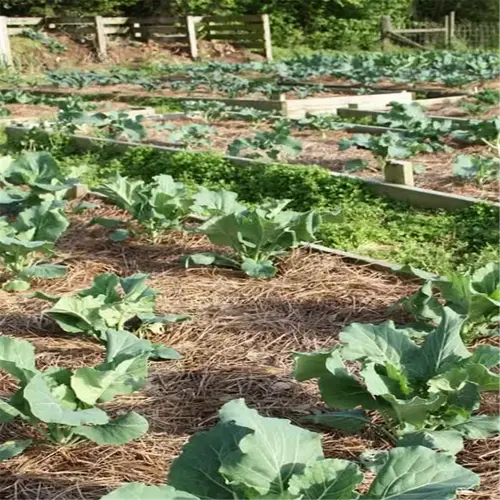Does overwatering always cause root rot?

Written by
Olivia Mitchell
Reviewed by
Prof. Martin Thorne, Ph.D.Root rot causes extend beyond overwatering alone. My aloe vera succumbed to rot despite monthly watering, compacted soil trapped moisture like a sponge. While excess moisture accelerates rot, three hidden causes often collaborate to rot roots: poor drainage, denser substrates, and cold conditions below 60°F (15°C).
Soil Composition
- Clay-heavy mixes hold 40% more water than sandy soils
- Untreated garden soil compacts in containers within 3 months
- Amend with 30% perlite or coarse sand for aeration
Temperature Impact
- Roots absorb 70% less water below 60°F (15°C)
- Cold windowsills slow evaporation by 50%
- Use seedling heat mats to maintain 68-72°F (20-22°C)
Drainage Failures
- Decorative pots without holes trap 1 cup excess water
- Gravel layers create false drainage tables
- Switch to terracotta pots with 3+ drainage holes
Avoid multi-factor root rot by checking soil weekly. I once saved a fern by adding pine bark fines when temperatures were dropping, and the large particles helped prevent compaction as temperatures lowered. Root rot occurs when water, soil, and environment interact negatively, and does not just come from overusing the watering can.
Read the full article: Root Rot Symptoms: Signs, Causes, and Solutions

